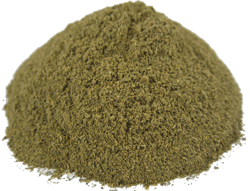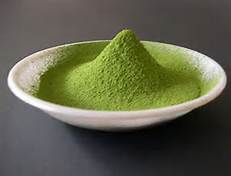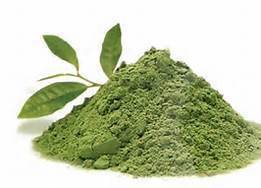DEA to Schedule KratomU.S. Drug Enforcement Agency (DEA) Announces Plans to Ban Kratom's Alkaloids in the United StatesA bit of shocking news has been announced by the U.S. Drug Enforcement Agency (DEA), which has announced that it plans to ban the active chemicals in kratom, a plant-based substance that's native to Southeast Asia. In banning these active chemicals – alkaloids called mitragynine and 7-hydroxymitragynine – the DEA is in effect, banning kratom as all varieties of kratom contain these alkaloids (along with over 20 others.). https://www.federalregister.gov/articles/2016/08/31/2016-20803/schedules-of-controlled-substances-temporary-placement-of-mitragynine-and-7-hydroxymitragynine-into The DEA announced its plans to ban kratom, making it a “schedule I” drug as of September 30, 2016. This is said to be a “temporary” measure in an attempt to “avoid imminent hazard to the public safety.” Let's take a look at some of the questions that you may have as a result of this announcement: What is Kratom? How is Kratom Used?Kratom (mitragyna speciosa) is a natural substance made from the leaves of the kratom tree, a member of the coffee tree family that is native to Southeast Asia. Some use kratom recreationally, but a vast majority of users use kratom to self-treat chronic pain, anxiety, PTSD, insomnia, and opiate withdrawal symptoms. It should be noted that kratom is not formally approved or recommended to treat any of these conditions due to a lack of research studies, but the anecdotal evidence is compelling. In smaller dosages, kratom can have stimulant properties, while in larger quantities, kratom tends to have a more sedative effect. There is little, if any, evidence to suggest that kratom is any more addictive than coffee. Anecdotal evidence suggests it's actually quite effective at helping opiate addicts move away from heavier drugs, toward a life of sobriety. It is not uncommon for users to take kratom on a daily basis if they're using kratom to self-treat an issue because most of these issues – such as anxiety or chronic pain – are long-duration or lifelong conditions. The DEA's Announcement Refers to Kratom as an Opiate. Is This Accurate?No. Kratom is not an opiate, which is, by definition, a substance containing opium or derived from opium.Kratom has opiate-like effects, but its active chemicals are alkaloids. These alkaloids, which include mitragynine and 7-hydroxymitragynine, act upon many of the same receptors in the brain that are impacted by opiates.What is a Schedule I Drug?The DEA classifies a Schedule I drug as one that has “a high potential for abuse” with “no accepted medical use in treatment in the United States and a lack of accepted safety for use under medical supervision.”Other drugs in this class includes heroin, LSD, ecstasy and marijuana, amongst other substances.How Long Can a Substance Be Listed Temporarily as a Schedule I Substance?The DEA has the power to temporarily classify kratom as a Schedule I substance for up to two years.What Happens Once Kratom's Alkaloids Are Temporarily Listed as a Schedule I Substance?Once mitragynine and 7-hydroxymitragynine are listed as Schedule I substances, it will become illegal to possess kratom or any synthetic substance containing those alkaloids (this is why the DEA added the alkaloids – instead of kratom – to the list of Schedule I substances, as it allows them to ban synthetic derivatives in addition to kratom leaf products.) Typically, the temporarily banned substance is subjected to numerous research studies. If the study results reveal that there is no risk, then the item will be removed from the list of Schedule I substances. More often, though, the DEA finds study results that support its belief and the substance is permanently classified as a Schedule I substance. Unfortunately, once an item is temporarily listed as a Schedule I substance, it becomes very challenging to conduct research studies. The temporary listing virtually always becomes permanent, demonstrating why it's so important to take action now before the new classification goes into effect on September 30. The DEA's Announcement Implies that Kratom is Dangerous. Is This True?The DEA cites a number of poison control calls involving kratom, but many claim that this is primarily due to U.S. medical professionals' lack of familiarity with kratom. When medical professionals are unfamiliar with a substance that a patient has ingested, it is standard practice for them to reach out to poison control to determine how best to treat the patient.What I Do To Help Prevent a Kratom Ban?Now is the time to take action! The American Kratom Association's founder, Susan Ash, has told multiple media outlets that she intends to challenge this matter in court. Measures may include seeking a temporary restraining order to halt the DEA's move. There are also many online petitions seeking to keep kratom legal and to approve it as a dietary supplement. https://petitions.whitehouse.gov/petition/please-do-not-make-kratom-schedule-i-substance https://www.botanical-education.org/petition/ You can also call and/or write your local lawmakers. |




.jpg)

